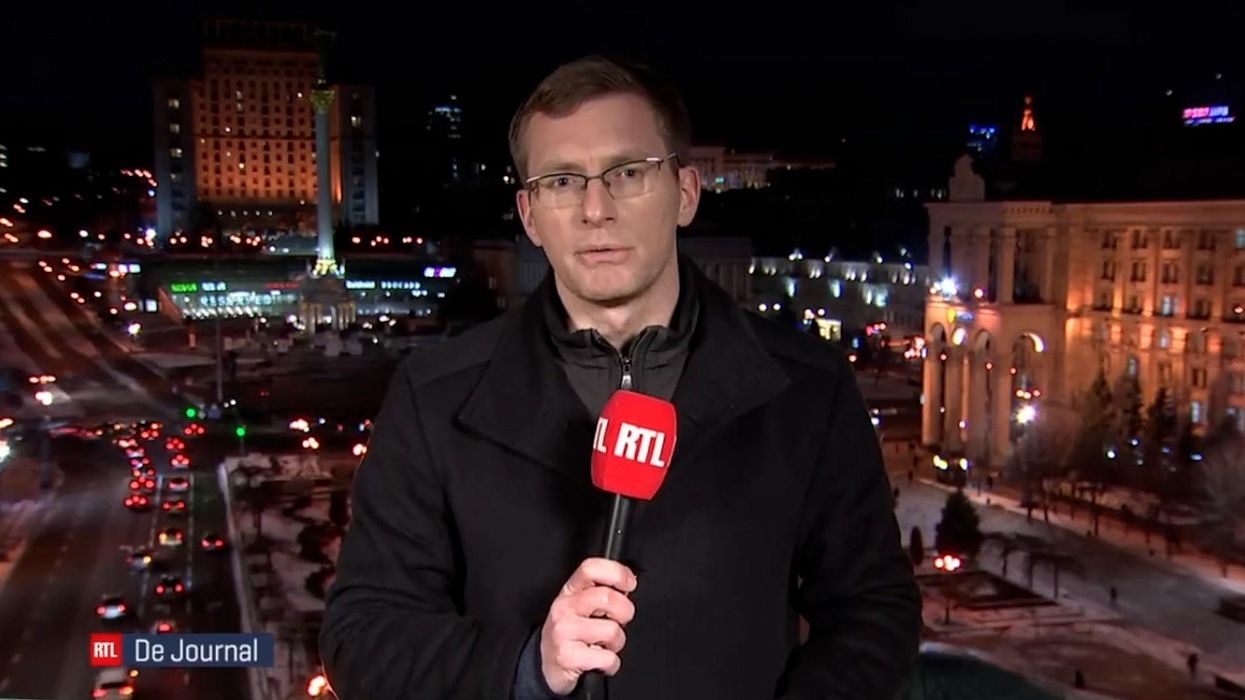Social media users are losing it after a resurfaced clip featuring the “voice” of an ancient Egyptian priest went viral - and while we'd have no idea what someone would have sounded like 3,000 years ago, we certainly didn't expect this.
While the clip has been seen around the world, the subject known as Nesyamun was in Leeds City Museum when the study was conducted back in 2020.
The mummy dates back to the 11th century BC, and the man lived under Pharaoh Rameses XI.
People have speculated about how he died since the mummy was unwrapped in 1824, with some suggesting that he met his end after being strangled and others saying it was as a result of an allergic reaction from an insect sting.
A team of researchers produced a 3D-printed reproduction of Nesyamun’s vocal tract to reconstruct the sound of his voice at the time – and people on Twitter are finding it absolutely hilarious all over again.
Recreating the sound of a mummy\u2019s voice, science is amazing! pic.twitter.com/e1zeQ7nTtQ— RillaPerry \ud83c\uddfa\ud83c\uddf8 (@RillaPerry \ud83c\uddfa\ud83c\uddf8) 1645300245
Sign up to our new free Indy100 weekly newsletter
The clip has been recirculating online and it’s just as funny this time. It’s becoming a meme too, with people getting creative with the clip and adding their own unique choices of vocals.
Hozier is over 3000 years old confirmed https://twitter.com/jimmyperry0621/status/1495123711581687816\u00a0\u2026pic.twitter.com/0AzPQcu7Jt— Lindsay (@Lindsay) 1645513172
This video is FAKE here is the REAL sound https://twitter.com/jimmyperry0621/status/1495123711581687816\u00a0\u2026pic.twitter.com/wQiImKeSPg— Shaylo the Star Wars Coochie Girl (@Shaylo the Star Wars Coochie Girl) 1645495673
nice fake. here the original version recovered by german scientistshttps://twitter.com/NussigesAlien/status/1496019052963278850?s=20&t=-KyxVQn7Rrb4XzGU7SsPHg\u00a0\u2026— Niedrigenergie Alien (@Niedrigenergie Alien) 1645513933
Why did I think it would bepic.twitter.com/KW7p6FFXnV— Catherine Collier (@Catherine Collier) 1645481412
THAT VIDEO IS FAKE!!!!!!!!!!!!!!!!!!!!!\nHere's the original versionpic.twitter.com/WQip5gVvaN— Venonymous Snake (@Venonymous Snake) 1645484409
I was so shocked by the sound of the mummy I started crying.https://twitter.com/jimmyperry0621/status/1495123711581687816\u00a0\u2026— Carl Anka (@Carl Anka) 1645474122
In fact, the clip that’s been doing the rounds recently features a different voice to the original video, and it just shows there are some very creative, funny people out there.
Researchers recreate what mummy's voice would have sounded likewww.youtube.com
It’s also causing some to look back at one of their favourite viral clips of a neanderthal voice being recreated for a BBC documentary, and it’s always well worth a watch.
High-pitched voice theory - Neanderthal - BBC scienceBBC
“What we have done is to create the sound of Nesyamun as he is in his sarcophagus,” said the study co-author Prof David Howard of Royal Holloway, University of London. “It is not a sound from his speech as such, as he is not actually speaking.”
Howard said about the Nesyamun recreation at the time [via The Guardian]: “Our larynx sound is electronic and if that sound were produced by Nesyamun, he would be passing lung air outwards via his larynx where his vocal folds would be vibrating to create the same effect.”
Have your say in our news democracy. Click the upvote icon at the top of the page to help raise this article through the indy100 rankings.














